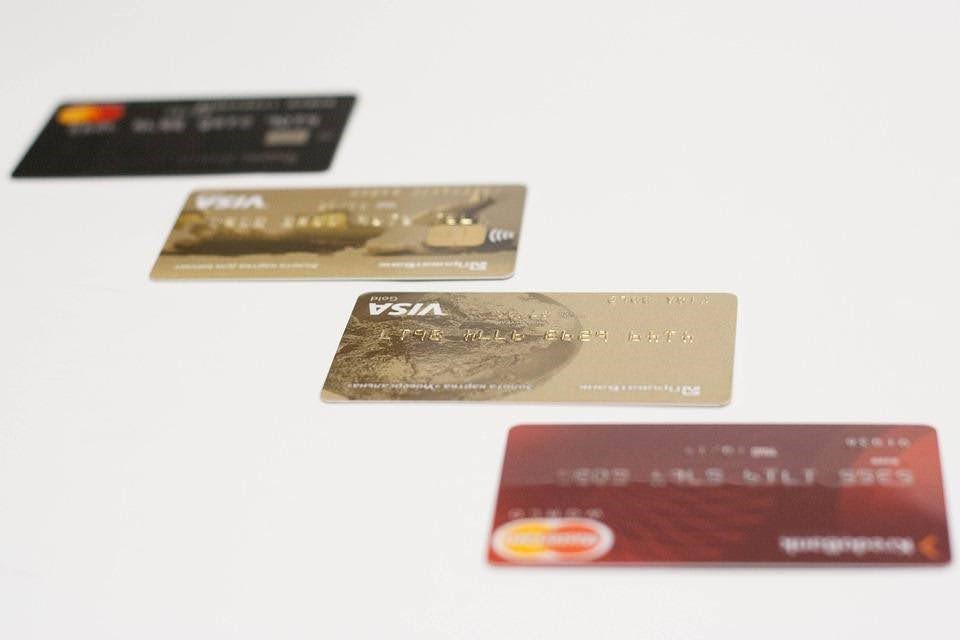The recent cuts to credit card interest rates in the U.S. are bringing significant financial relief to American card users, but Canadians are not experiencing the same benefits, despite interest rate cuts in the country.
The reason for this discrepancy lies in the way credit card interest rates are structured in each country. In the U.S., most cards have variable interest rates, which means that the rates fluctuate in line with the Federal Reserve’s rate changes. When the Reserve reduces rates, as it did recently with a half-percentage cut, the interest owed on credit card debt decreases for many cardholders who enjoy variable rates.
However, in Canada, most credit cards are fixed-rate products. This means that although Canadians benefit from central bank rate cuts in other ways (like reduced mortgages for those with variable rates), their credit card debt continues to accumulate interest at unchanging rates.
Fixed-rate cards offer stability but leave Canadian consumers unable to take advantage of falling interest rates, unlike their American counterparts who benefit from variable-rate adjustments (should the rates drop).
Many Canadian users rely on their credit cards for daily purchases, long-term financial goals, and overall financial management. This includes paying for essential goods and services, especially during times of financial uncertainty. Credit cards are also used for online purchases in Canada, including online gambling and entertainment.
At online casinos, particularly those offering the best slots online, Canadians use credit cards for quick transactions. However, for players who don’t manage their spending properly, the high fixed interest rates of Canadian cards can pose significant challenges, turning convenience into larger credit card debts.
For the average Canadian credit card user, the central bank’s efforts to ease financial pressure are doing little to offer relief when it comes to debt.
Royal Bank of Canada’s (RBC) RateAdvantage Visa and Toronto-Dominion Bank’s TD Emerald Flex Rate Visa Card are among the few exceptions in Canada that offer variable rates. These cards adjust interest rates based on the prime rate, which follows the movements of the Bank of Canada, along with an additional percentage based on the cardholder’s profile.
However, these are just two options in a country where the vast majority of credit cards have fixed rates. The preference for fixed rates in Canadian financial markets is influenced by factors like risk assessments, market competition and economic conditions, and not the Bank of Canada’s interest rate policy.
In the American credit card market, credit issuers offer reward programs and variable rates in an attempt to attract consumers. However, in Canada, issuers are focused on maintaining stability through fixed rates. This means that although U.S. cardholders are seeing lower interest charges following rate cuts, they’re also vulnerable to rate increases when the Federal Reserve raises rates, as it did in both 2022 and 2023 in an attempt to curb inflation.
The variable rate system in the U.S. has risks, particularly when the economy is under inflationary pressure. As rates increased over the past few years, American cardholders saw a rapid spike in their interest rates.
According to Federal Reserve data, the average annual percentage rate (APR) for U.S. credit cards reached 22.76% in the second quarter of 2024, making it one of the highest in recent history. This volatility is a stark contrast to Canada’s steady (although higher) fixed-rate system.
Although Americans are set to benefit more directly from the Federal Reserve’s interest rate cuts because of their variable-rate credit cards, Canadians are left largely in the same financial position when it comes to credit card debt. The common use of fixed-rate cards in Canada means that central bank cuts don’t translate to immediate financial relief for most consumers.
Despite these challenges faced by Canadians, credit cards remain an integral part of their financial life. Credit is used for everyday expenses, in times of financial struggle, and even for luxuries like online entertainment. The ease of credit card transactions makes them a preferred payment method for many Canadians, whether for daily needs, large purchases or enjoying online gaming.
DISCLAIMER: The information presented on this page/site is intended for entertainment purposes only. Please be aware that gambling entails inherent risks, and it's crucial to acknowledge this when utilizing online gambling platforms.
This sponsored content has been paid for by our sponsor and does not reflect the reviews and recommendations made by the North Shore News staff.



